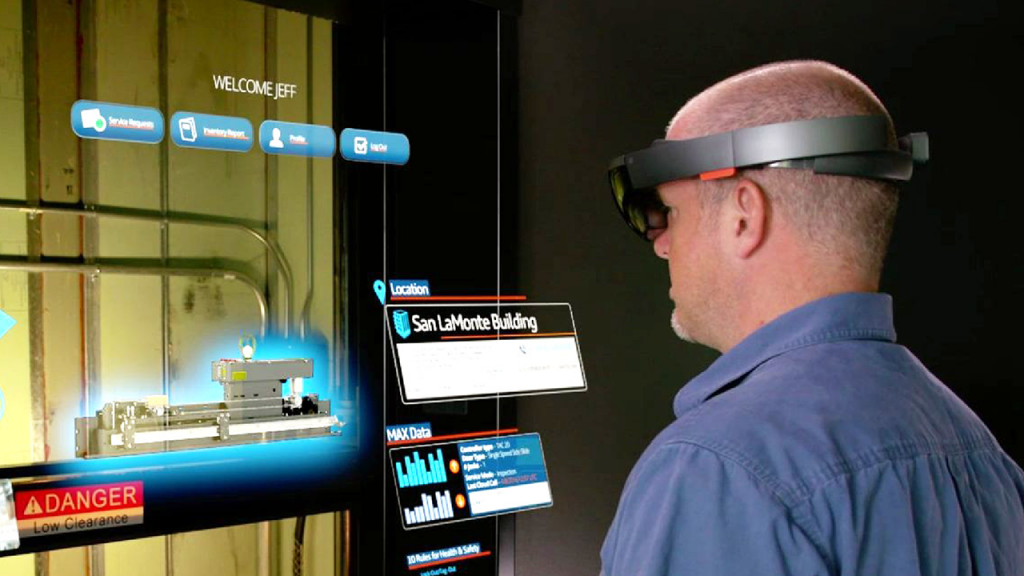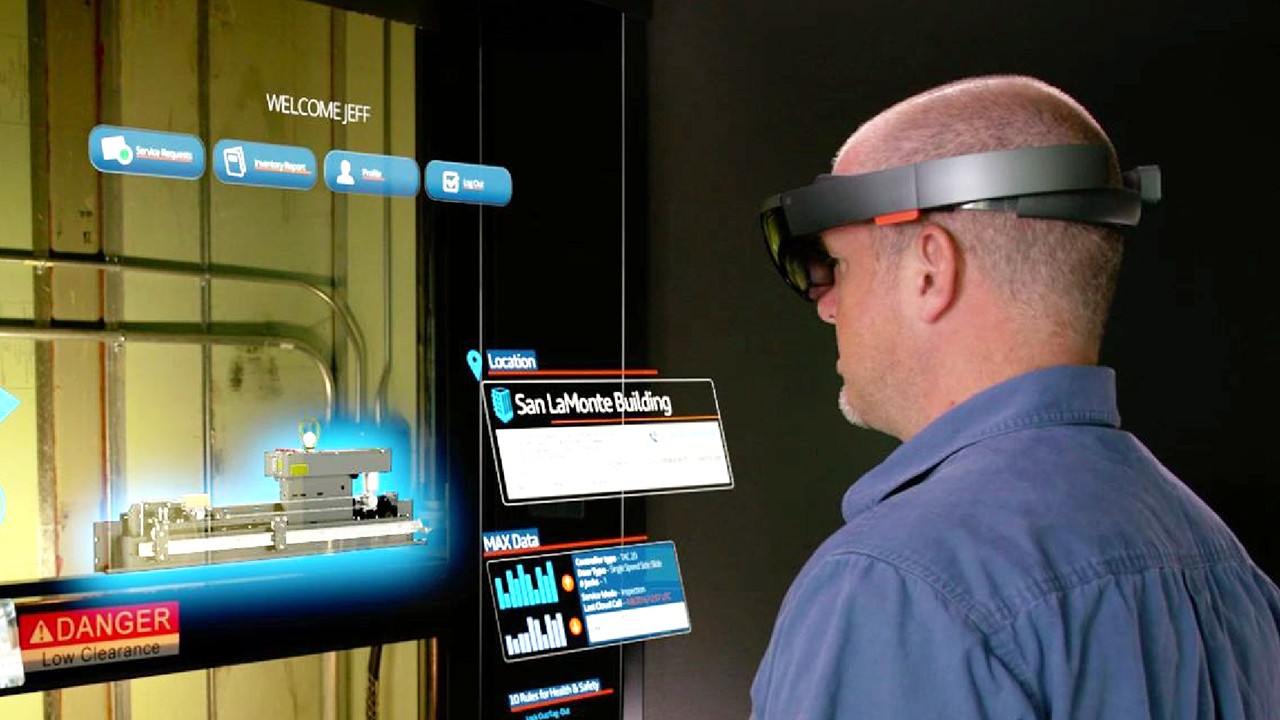
thyssenkrupp embraces digital transformation for a better future

Technology is evolving at breakneck speed and many manufacturers are struggling to keep pace. But for companies that fail to innovate quickly, the consequences are dire—they’re putting their survival at risk.
thyssenkrupp AG fully understands the crucial role technology plays in modern manufacturing.
That’s why six years ago, the organization began to transform its business from the inside out, starting a quest to gain greater efficiencies that would provide more customer value and differentiate the company from its competitors.
By tapping into today’s top technologies, thyssenkrupp found exactly what it was looking for: optimized processes, increased employee productivity, and improved asset reliability. Combined, these improvements have helped the organization cement its status as an industry leader.
But how did it embark on this game-changing journey? And what has it achieved along the way?
Plotting a path forward
Before taking the digital transformation leap, thyssenkrupp knew it needed two things.
First, the company had to plot a path for how it was going to reach its goals. It accomplished this by breaking down its journey into three linear steps:
- Digitization: The foundation of digitization involves a transition from analog. It requires taking paper-based information and turning it into digital data.
- Digitalization: The crux of digitalization entails giving employees access to a single version of truth so they can use real-time data to make actionable decisions and drive outcomes. It also helps optimize processes and, streamlines decision-making.
- Digital transformation: This is the ultimate goal. Achieving it means re-anchoring a point in a business model or shifting an existing business model to provide more customer, employee, or stakeholder value.
Second, thyssenkrupp knew it needed to partner with a technology company to support its digital journey. And, the organization chose Microsoft to help it create a culture of continuous innovation.
From the moment the global manufacturer began collaborating with the technology company, it was quickly introduced to a wide variety of key technology enablers that would help reshape its business.
By laying out what steps it needed to take and partnering with Microsoft to capitalize on the latest cutting-edge innovations, thyssenkrupp gained the ability to:
- Capture real-time asset data to predict and prevent failures
- Empower employees to make quick, actionable decisions
- Improve customer experiences by delivering products faster and with better quality
- Create new revenue streams by reimagining current business models
Learning along the way and building on success
Of course, no digital journey is without its obstacles. Even a leader like thyssenkrupp experienced some bumps and bruises along the way. But the company never strayed from its mission. Instead, it learned from its mistakes.
If a pilot project initially fell short of expectations, thyssenkrupp didn’t abandon it altogether. Rather, it took a step back and posed some questions:
- What’s behind the shortcomings?
- How can the project better align with our business model?
- Did the project achieve any of its intended goals?
By continually asking those questions and taking a lessons-learned approach, the organization could course correct and proceed in a more positive manner.
And, once the company completed several projects, it had a better sense of what worked and what didn’t. So, it could avoid many of the frustrations it experienced from past difficulties and build on the momentum of its successes.
Reaping the rewards of innovation
Innovation has been at the heart of many of thyssenkrupp’s most recent crowning achievements.
In 2013, the company’s elevator division, thyssenkrupp Elevator, started making its mark with IoT and mixed reality. With these technologies on its side, the organization cut maintenance costs, improved service performance, and increased overall asset reliability and uptime.
thyssenkrupp also used mixed reality to help people with physical limitations overcome their home mobility issues. Using wearable devices, the enterprise can now design, manufacture, and install stair lifts with added speed and efficiency, resulting in delivery times as much as four times faster than before.
In a warehouse in Poway, California, thyssenkrupp’s BILSTEIN Shock Absorbers division transformed how its workers pick, pack, and ship customer orders. Mixed reality technology has given employees the tools they need to increase productivity and enhance order fulfillment accuracy, resulting in a 30 percent efficiency improvement per worker.
Finally, thyssenkrupp Elevator turned the company’s Innovation Test Tower in Rottweil, Germany, into a rich ecosystem of data-driven insights using digital twin technology.
By creating virtual models of the building’s physical systems—including elevators and heating, ventilation, and air conditioning—building owners and asset operators can analyze and optimize their operational performance. This helps create better experiences for building tenants, employees, and visitors.
Building the factory of the future
Among the company’s accomplishments is how one of its divisions, thyssenkrupp Aerospace, used a slew of cutting-edge technologies to build a factory of the future.
By connecting its machinery with data-collecting IoT sensors and introducing other technologies inside its facility, the organization could keep production running smoothly.
The moment a sawblade shows signs of wear, thyssenkrupp Aerospace can repair or replace it—avoiding the costly process of taking it offline for a prolonged period of time.
But above all else, embracing the latest high-tech tools has empowered thyssenkrupp Aerospace employees to work more quickly and efficiently than ever before.
By using a voice-activated virtual assistant integrated with a shared communications platform, the organization could optimize processes, simplify workflows, and improve collaboration. This has led to better, safer customer experiences.
For instance, if a grounded aircraft urgently needs a part, workers can more easily work together to deliver the necessary item quickly and put passengers up in the sky in no time.
Taking cues from thyssenkrupp
The path to digital transformation is a long journey, not a one-and-done project. While it can be an arduous process, thyssenkrupp has learned that with focus on creating customer value and being open to new ways of engagement with its technology partner, manufacturers can transform, truly changing the status quo.
In the end, many companies find the effort is well worth it. That includes thyssenkrupp, which over a span of six years, has experienced substantial gains in increasing employee productivity, improving asset efficiency, and providing greater customer value.
With an inside look at how one manufacturing industry leader embraced innovation to boost its business, setting your own journey into motion should be that much easier.
Learn more about thyssenkrupp’s digital adventure.




